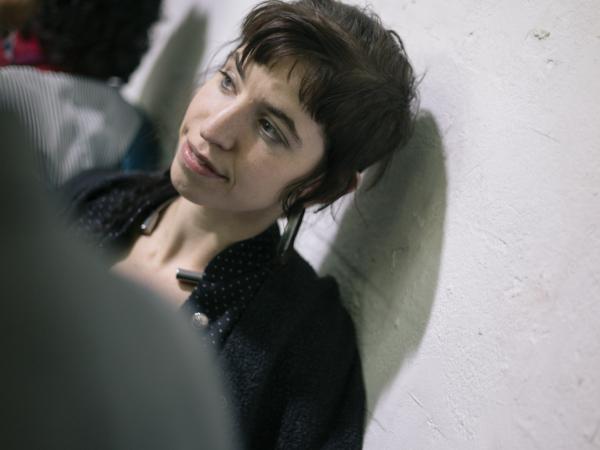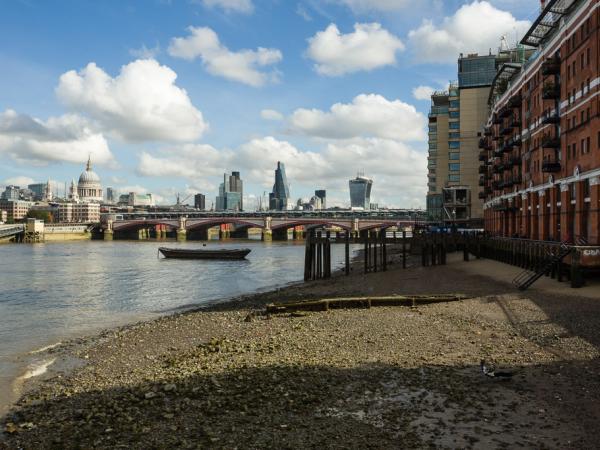Staging of Richard Prevosti
The exhibition is an opportunity to discuss, through art, the global feast on Italian Expo theme "Feeding the Planet, Energy for Life", nell'oltraggio world hunger of exhibitions promoted with a managerial logic to only profit in perfect harmony with the current decadence. Come on, then, for a symbolism that helps to conceptualize the date curating the exhibition with works on the subject "fruit", a sign of recognition of the intention to mean, in saying "We fruit", the inglorious end of art subject to market and represented on this occasion by many trade show on food.
Along the way, in the halls of the Gallery ab / art of Brescia there is the possibility of a variety of ethical reflections to concretize the idea of changing the ways of self-conceptual proposals and there are different ways of interaction that their art should give, shifting attention to the deep needs of the individual involved by exhibits no scientific rigor or conceptual proposals of a non-art. A menu, the one that produced the Expo, surely indisputable for its intrinsic value and undisputed market excellence as its history shows. But certainly, in this edition of Milan it was chosen a theme difficult to implement and to manage the risk of dramatically wealth against poverty, and despite knowing - predictably - that could not have been adequately address the inconsistencies that shake the certainties of a ruinous system, as well as unfair and corrupt.
In short, the attempt to "We fruit" is to opt for the primary sense of the art lies in being part of the company up to denounce evil and not to colludersi with them, avoiding contact a public-private partnership that corrupts much of the current art scene.
Culture and art are no longer cause for aggregation but disintegrating in not giving meaning and role in skills that highlight respect for the principle of credibility as a means to social and civic; as a reference point to fight injustice and suffering, even apart from the concept of political correctness. And is a work of Franco Ferlenga, a skeletal family, opened the exhibition "We fruit", to convey an emotion on which to meditate. Art does not like food (v. Side note) goes by Renato Guttuso in Vanni Viviani and Michele Cascella, with unique works by Pippo Oriani Piero Galanti and then Italo Bigatti, William Cyril, Alessandro Giozza, Leonardo Lucchetti, and some painters of the twentieth century from private collections.
Leaving aside the controversy and thus leaving aside global reflection sull'Expo fulfilling their function admirably business to be concluded ... (and nothing to say because this is the task for which it was born), our analysis focuses only on the choice of issue in relation to the community and art that does not recognize the contrasts, to get away and be a participant or, rather, to adjust.
Interests cultivated - vox populi - but not to propose culture exhibitions cobbled together in combination of art and cuisine, including food in art or art and taste for refined palates, in relationships of visual languages and models of flavors to imagine that there have spare even living rooms or dining rooms, games and visual Sensate, nell'imbandire altar of consumerism. In fact, there was no country or city that you have not missed the opportunity to organize art exhibitions, meetings and conferences between the educational and the experiential, with food pyramids and grants spent between a toast and the ' another, with rivers of schools to increase visits without saying that malnutrition is a contributory cause of more than three million child deaths. (Andrea Barretta)
Also for the respect of these data the curator Andrea Barretta intended to propose
not an exhibition about the representation of the food but the enchanting nature as art and beauty for those who have nothing to show but poverty.
The still life in art, in fact, was not born as a proposition of various foods but only to define the decorative motifs and only then rise to other values. So, of Flemish origin, in the sixteenth century it was not yet appreciated neither by Italian artists or collectors and nobility that determined the production of the time made of shapes and sacred representations. It was Michelangelo Merisi da Caravaggio, to give a twist to this genre, characterizing it with perfection hyperreal during his stay in the shop, in 1593, by Giuseppe Cesari, called the Cavalier d'Arpino, the most famous painter in Rome, friend Pope Clement VIII. These, in fact, relegated Caravaggio to paint flowers and fruits, because those considered minor and second floor in the square where there were many other details to be emphasized, as for lace, clothes, jewelry, draperies, and so below. If, however, in the Lombardy area depiction of inanimate subjects it began some years to have a good luck associated with a painting by symbolic or allegorical meanings, will still Caravaggio to give such a dignity by lending a thorough search of details through the 'use of light - new to the time - did penetrate the paintings of scenes from the outside, as in "Boy with a Basket of Fruit".







Comments 0
Say something